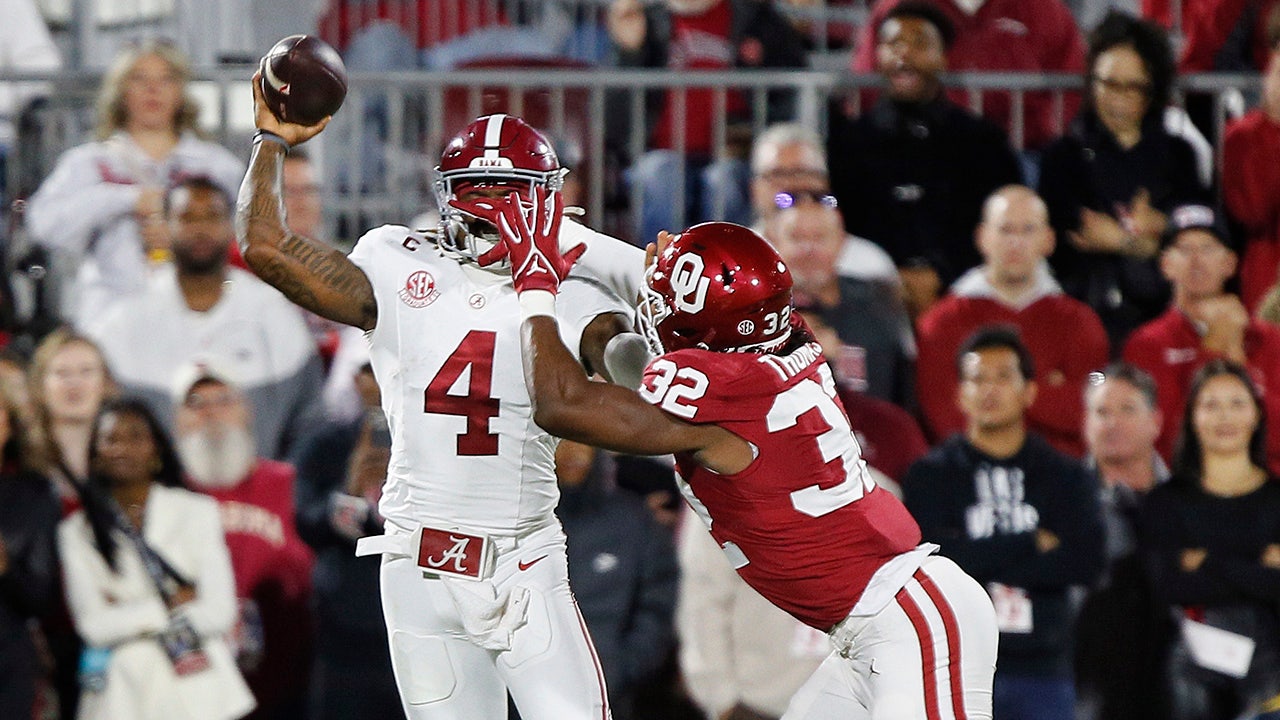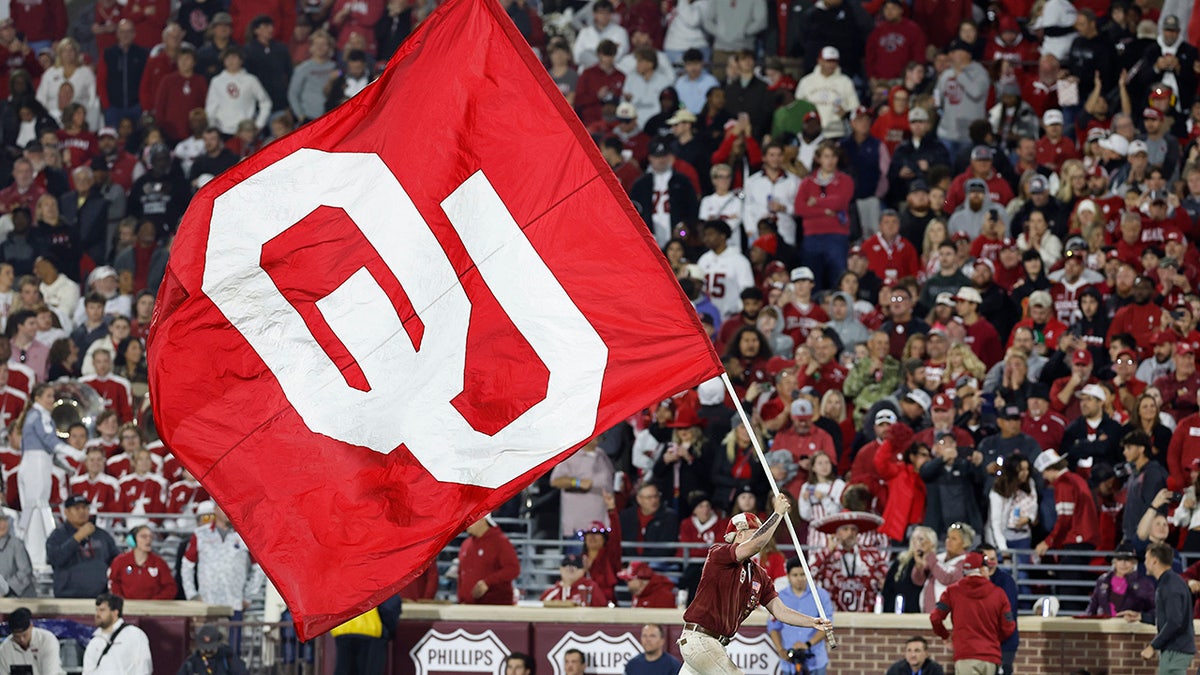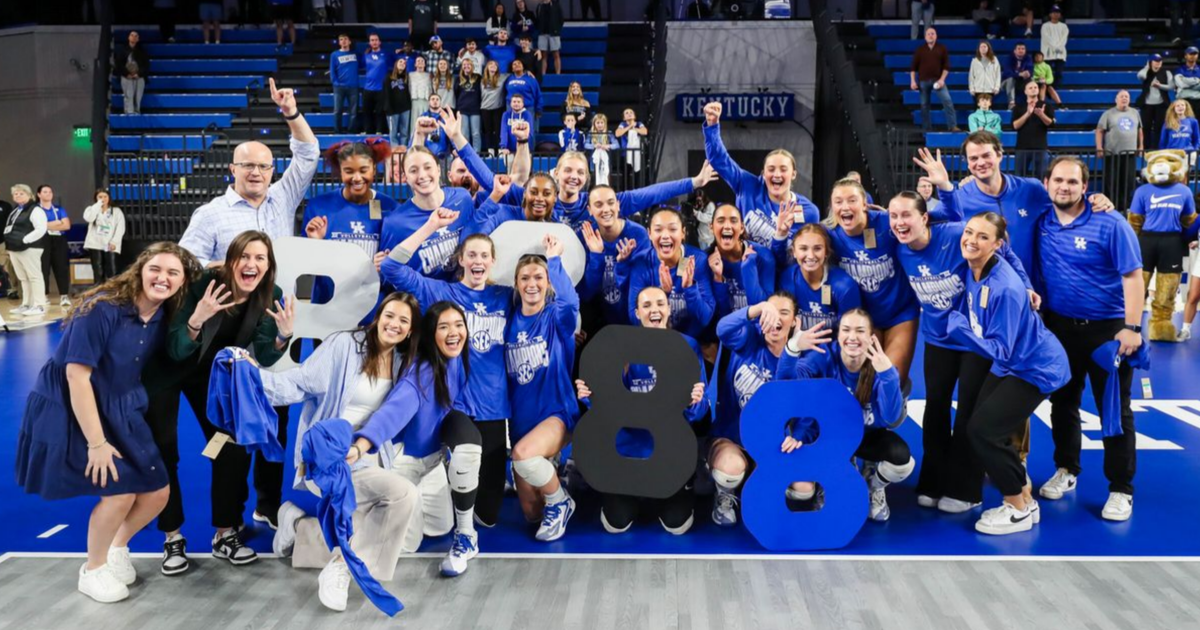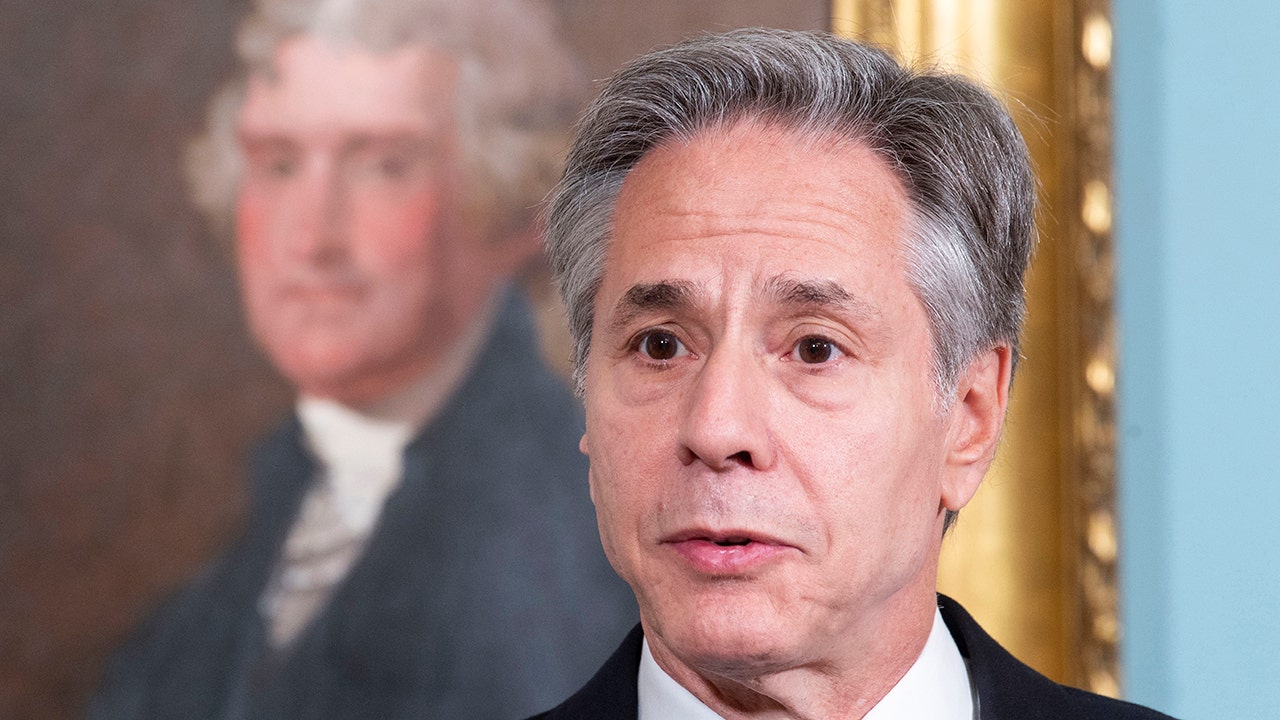Oklahoma
Executions this week in Texas and Oklahoma as Missouri presses forward with plan to execute innocent man
Two men were put to death in the US this week—one each in Texas and Oklahoma. Both executions expose the brutal and arbitrary character of this punishment across the states that still practice the death penalty, as well as the abusive childhoods and horrific life experiences of many of those who find themselves on death row. Meanwhile in Missouri, authorities plan an execution in a case where DNA and lack of other evidence proves the condemned man is innocent of the murder for which he wa convicted.
Law on “future dangerousness” condemns Texas death row prisoner
Ramiro Gonzales was executed Wednesday in Texas. He was sentenced to death in 2006 for the kidnapping, rape and murder of 18-year-old Bridget Townsend in 2001. Gonzales, now 41, was also 18 at the time of the crime. The murder went unsolved for more than a year, until Gonzalez confessed to the killing after he was sentenced to life in prison for the abduction and rape of another woman.
The Texas Board of Parole and Pardons voted 7-0 on June 24 to deny Gonzales’ clemency petition and Governor Greg Abbott allowed the execution to proceed. The Republican governor has overseen the execution of 73 people since he took office in 2015 and granted clemency only once.
The US Supreme did not take up Gonzales’ final appeal for clemency or a stay until after his execution, allowing it to proceed. Later Wednesday they declined to take up the case.
Gonzales was put to death at the state penitentiary in Huntsville. In his final statement, reported by the Texas Department of Criminal Justice, the condemned man repeatedly apologized to Townsend’s family. “I can’t put into words the pain I have caused y’all, the hurt, what I took away that I cannot give back. I hope this apology is enough. I lived the rest of this life for you guys to the best of my ability for restitution, restoration taking responsibility.”
He was pronounced dead at 6:50 p.m. following the injection of a single lethal dose of the barbiturate pentobarbital.
Gonzales was sentenced to death according to a contentious aspect of the Texas capital punishment system, which requires capital juries to consider a defendant’s “future dangerousness” to society. The jury must determine, beyond a reasonable doubt, that a defendant is likely to be violent in the future and presents “a continuing threat to society.” Texas is the only state with this statute. Attorneys for Gonzales argued before the Board of Parole and Pardons that their client not only did not pose a danger, but “in fact actively contributes to prison society in exceptional ways.”
At trial, the jury agreed with expert witness Dr. Edward Gripon, a psychiatrist, who testified that Gonzales could likely commit a similar crime in the future if he remained alive because he suffered from an incurable and violence-inducing mental disorder. Two decades later, Gripon wrote in a report that there was no solid research to back up the theory that there is a high likelihood that those who commit sexual assaults will violently reoffend.
Gripon said he no longer stood by this theory, which has been proven unfounded, and that after meeting with Gonzales in 2021 he no longer believed he posed a threat of violently offending again. He said he found Gonzales to be “a significantly different person both mentally and emotionally,” which he said represented “a very positive change.”
While on death row, Gonzales acted as a peer mentor and coordinator in the Texas Department of Criminal Justice’s Faith Based Program, where participants live in special housing and take religion classes. He earned the equivalent of a bachelor’s degree from a theological seminary.
Gonzales’ clemency petition to the Texas board highlighted his religious involvement in prison as well as information about his childhood abuse and mental health problems. The Death Penalty Information Center (DPIC) writes that he “was given up for adoption, sexually abused as a child, and began using drugs at age 15 to cope with the death of his aunt. By the time Mr. Gonzales dropped out of school at age 16, he was still in eighth grade.”
“Ramiro knew he took something from this world he could never give back,” his attorneys wrote in a statement shortly after the execution. “He lived with that shame every day, and it shaped the person he worked so hard to become. If this country’s legal system was intended to encourage rehabilitation, he would be an exemplar.”
But the criminal justice system in America, especially in relation to the death penalty, does not encourage rehabilitation. Nor does it consider the backgrounds of poverty and abuse of individuals who find themselves on the wrong side of the law. Rather, as shown in Gonzales’ case, authorities promote the anti-scientific view that some members of society are “born evil,” must face retribution, and in some cases receive the ultimate penalty.
Texas has executed 588 of the 1,575 prisoners put to death since the US Supreme Court reinstated the death penalty in 1976, far more than in any other state.
Oklahoma: Disregard for a death row inmate’s abusive childhood
Richard Rojem was executed by the state of Oklahoma on Thursday. Rojem, 66, had been in prison since 1985, making him the longest serving inmate on Oklahoma’s death row. He was convicted of kidnapping, raping and killing his seven-year-old former stepdaughter, Layla Cummings. The young girl’s mutilated body was found in a field in rural Washita County.
Rojem was injected with a three-drug lethal cocktail at the Oklahoma State Penitentiary in McAlester. When asked for his last words, he said only, “I don’t. I’ve said my goodbyes.” According to Associated Press, he was declared unconscious about 5 minutes after the first drug, the sedative midazolam, began flowing. He stopped breathing at about 10:10 a.m.
Rojem was convicted previously of raping two teenage girls in Michigan. Prosecutors said he was angry at his young victim because she told her mother that he had sexually abused her, leading to his divorce and return to prison for violating his parole.
At Rojem’s clemency hearing, his attorneys argued that DNA evidence taken from the girl’s fingernails did not link him to the crime. But prosecutors said a fingerprint on a cup outside the girl’s home and a condom wrapper found at the crime scene linked Rojem to the murder.
Testifying via video from prison, Rojem said he wasn’t responsible for the victim’s death. “I wasn’t a good human being for the first part of my life, and I don’t deny that,” Rojem said. “But I went to prison. I learned my lesson and I left all that behind.” The Oklahoma Pardon and Parole Board voted 5-0 not to recommend to Governor John Stitt that his life be spared.
A Washita County jury convicted Rojem in 1985 after only 45 minutes of deliberations, but his death sentence was twice overturned on appeal due to trial errors. A jury in Custer County handed him his third and final death sentence in 2007. He ran out of appeals in 2017.
Court records on Rojem’s personal history state that he was from a family with “generational dysfunction,” with alcoholic parents and caretakers. He was born prematurely with an orthopedic deformity and spent the first three years of his life in a full body cast.
His biological father was killed in a bar fight when Rojem was three years old. USA Today reports that, according to the court filings, he was then raised by his 17-year-old mother, living in a “chaotic and overcrowded household” of 13 people in a 1,500-square-foot house.
The documents say he witnessed domestic abuse between his mother and stepfather and was sexually abused by an older stepbrother. The records show he was genetically predisposed to developing psychological disorders, including schizophrenia and bipolar disorder.
Oklahoma has executed 125 people since the death penalty was reinstated in 1976, second only to Texas. According to DPIC, the state has executed more inmates per capita than any other state during this time. It has carried out 13 executions since October 2021, following a nearly six-year hiatus after a series of ghastly executions in 2014 and 2015.
Missouri sets execution date for an innocent man
Missouri has executed 99 people since 1976, third behind Texas and Oklahoma. One of the 13 people on the state’s death row is Marcellus Williams. This month, the Missouri Supreme Court set a September 24, 2024 execution date for Williams, despite a motion filed by the St. Louis County prosecuting attorney to vacate his conviction because newly presented DNA evidence proved he did not commit the murder.
Prosecuting Attorney Wesley Bell stated that the DNA evidence, “when paired with the relative paucity of other, credible evidence supporting guilt, as well as additional considerations of ineffective assistance of counsel and racial discrimination in jury selection, casts inexorable doubt on Mr. Williams’ conviction and sentence.”
Williams received a last-minute reprieve just hours before his scheduled execution on August 22, 2017. Then-Governor Eric Greitens stayed the execution and convened a board of inquiry to investigate his case. But on June 29, 2023, current governor Mike Parson dissolved this board and the attorney general sought a new execution date. Williams sued the governor, but the Missouri Supreme Court dismissed the lawsuit and scheduled a new date to put him to death.
Sign up for the WSWS email newsletter

Oklahoma
Oklahoma Democrats mourn Fred Harris, former US senator and presidential candidate

Oklahoma residents on Sunday mourned the death of former Democratic U.S. Sen. Fred Harris, a trailblazer in progressive politics in the state who ran an unsuccessful presidential bid in 1976. Harris died on Saturday at 94.
Democratic Party members across Oklahoma remembered Harris for his commitment to economic and social justice during the 1960s — a period of historical turbulence. Harris chaired the Democratic National Committee from 1969 to 1970 and helped unify the party after its tumultuous national convention in 1968 when protesters and police clashed in Chicago.
“Fred Harris showed us what is possible when we lead with both heart and principle. He worked to ensure everyone had a voice and a seat at the table,” said Alicia Andrews, chair of the Oklahoma Democratic Party.
Harris appeared at the Democratic National Convention in Chicago earlier this year as a guest speaker for the Oklahoma delegation, where he reflected on progress and unity.
“Standing alongside him in Chicago this summer was a reminder of how his legacy continues to inspire,” Andrews said.
Kalyn Free, a member of the Choctaw nation of Oklahoma and the DNC, said that there is no one else in public service whom she admired more than the former senator.
“He was a friend, a mentor, a hero and my True North. Oklahoma and America have lost a powerful advocate and voice,” Free said in a statement. “His work for Indian Country will always be remembered.”
“Senator Harris truly was an Oklahoma treasure and was ahead of his time in so many ways,” said Jeff Berrong, whose grandfather served in the state Senate with Harris. “He never forgot where he came from and he always remained focused on building a society that would provide equality of opportunity for all.”
Harris served eight years in the state Senate before he was elected to the U.S. Senate, where he served another eight years before his 1976 presidential campaign. State party leaders commemorated his work on the National Advisory Commission on Civil Disorders, or the Kerner Commission, to investigate the 1960s riots. Harris was the last surviving member of the commission.
Shortly after his presidential campaign, Harris left politics and moved to New Mexico and became a political science professor at the University of New Mexico.
—-
Lathan is a corps member for the Associated Press/Report for America Statehouse News Initiative. Report for America is a nonprofit national service program that places journalists in local newsrooms to report on undercovered issues.
Oklahoma
Alabama's upset loss to Oklahoma completes wild day in college football as rankings could look a lot different

Entering Saturday night, all No. 7 Alabama needed was a win against unranked Oklahoma to remain very safe in the College Football Playoff bracket.
Earlier in the day, No. 5 Indiana was blown out, No. 4 Penn State barely squeaked by Minnesota, and No. 9 Ole Miss and No. 14 BYU both lost.
But, the Crimson Tide could not get the job done, as Oklahoma dominated to a 24-3 victory.
CLICK HERE FOR MORE SPORTS COVERAGE ON FOXNEWS.COM
Defensive end R Mason Thomas of the Oklahoma Sooners gets his hands in the face of quarterback Jalen Milroe of the Alabama Crimson Tide at Gaylord Family Oklahoma Memorial Stadium on Nov. 23, 2024, in Norman, Oklahoma. (Brian Bahr/Getty Images)
Alabama’s Jalen Milroe, who had been one of the nation’s best players, had his worst game of the season. He completed 11 of 26 passes for 164 yards with three interceptions and gained just seven yards on 15 carries for Alabama (8-3, 4-3). The Sooners held Alabama to 234 yards. He went just 2-for-7 for 62 yards before the half.
True freshman Xavier Robinson ran for career highs of 107 yards and two touchdowns as Oklahoma became bowl eligible and took coach Brent Venables off the hot seat.
The Sooners’ victory resulted in yet another edition of fans storming the field too early, but at least this one was practically over anyway, unlike the BYU-Arizona State game.

Oklahoma students and fans rush the field after they efeated Alabama, Saturday, Nov. 23, 2024, in Norman. (AP Photo/Alonzo Adams)
APPALACHIAN STATE FANS PELT JAMES MADISON PLAYERS WITH SNOWBALLS BEFORE GAME
Ole Miss and Alabama, both in the bracket prediction last week, now have three losses on the season. This leaves the door wide open for 9-2 teams like Clemson and Iowa State, who had been ranked 17th and 22nd in the nation, respectively.
And now, Indiana’s college football playoff hopes, right after their undefeated season ending, may not look all that over. No. 10 Georgia and No. 11 Tennessee figure to move up a few spots with three teams ahead of them in the rankings all losing.
Although, it’s certainly not out of the question that Alabama could be on the outside looking in.

Oklahoma spirit team member celebrates after a touchdown against Alabama, Saturday, Nov. 23, 2024, in Norman. (AP Photo/Alonzo Adams)
CLICK HERE TO GET THE FOX NEWS APP
The next rankings will come out on Tuesday, and it should be very exciting to see what the committee has in store.
The Associated Press contributed to this report.
Oklahoma
‘So what? Now what?’: Alabama players react to loss to Oklahoma

No. 7 Alabama football should have defeated unranked Oklahoma. But the Crimson Tide didn’t.
Oklahoma had only won one SEC game all season. It wasn’t even bowl eligible before Saturday.
Then, the Alabama offense failed to score a touchdown and sputtered for much of the night. The Crimson Tide defense couldn’t stop Oklahoma’s rushing attack when the game was still close.
Alabama turned the ball over three times, with three Jalen Milroe interceptions.
As a result, the Crimson Tide fell 24-3 to the Sooners on Saturday at Oklahoma Memorial Stadium in Norman, Oklahoma.
“There is no excuse,” linebacker Jihaad Campbell said. “None. Everybody saw it. Whoever was watching the game. We lost, and we’ve got to take it on the chin and keep learning from that.”
Alabama (8-3, 4-3 SEC) gave up 325 yards, with 257 yards, on the ground to Oklahoma and two touchdowns. Oklahoma (6-5, 2-5) had the nation’s 90th ranked scoring offense entering the game.
“Our job was to out-execute those guys, and we fell short tonight,” Campbell said.
Meanwhile, the Alabama offense tallied only 234 yards, with 164 through the air and 70 on the ground, to score only a field goal.
Milroe, who gashed LSU on the ground two weeks ago, couldn’t get anything going with his legs with only seven yards on 15 carries.
“They had a great game plan for us,” offensive lineman Tyler Booker said. “We’ve just got to get a hat on a hat. We have to execute better.”
The Alabama players who took part in interviews postgame showed a clear and intentional interest in moving on quickly from the result and performance in Norman.
“So what? Now what?” Booker said. “Can’t do anything about what just happened. What we can do is make sure we prepare our tails off.”
Next up is a matchup with Auburn in the Iron Bowl at Bryant-Denny Stadium to close out the regular season. Alabama won’t make the SEC Championship Game, but it might not yet be eliminated from the playoff just yet. The Allstate playoff predictor on Saturday night gave the Crimson Tide a 31% chance to still make the postseason.
“Got a big game next week,” Booker said. “Got to put all of our focus and energy there. Can’t do anything about what just happened. We’ve got to put all of our focus and energy into next week.”
Nick Kelly is an Alabama beat writer for AL.com and the Alabama Media Group. Follow him on X and Instagram.
-

 Business1 week ago
Business1 week agoColumn: Molly White's message for journalists going freelance — be ready for the pitfalls
-

 Science5 days ago
Science5 days agoTrump nominates Dr. Oz to head Medicare and Medicaid and help take on 'illness industrial complex'
-

 Politics7 days ago
Politics7 days agoTrump taps FCC member Brendan Carr to lead agency: 'Warrior for Free Speech'
-
/cdn.vox-cdn.com/uploads/chorus_asset/file/25739950/247386_Elon_Musk_Open_AI_CVirginia.jpg)
/cdn.vox-cdn.com/uploads/chorus_asset/file/25739950/247386_Elon_Musk_Open_AI_CVirginia.jpg) Technology6 days ago
Technology6 days agoInside Elon Musk’s messy breakup with OpenAI
-

 Lifestyle1 week ago
Lifestyle1 week agoSome in the U.S. farm industry are alarmed by Trump's embrace of RFK Jr. and tariffs
-

 World7 days ago
World7 days agoProtesters in Slovakia rally against Robert Fico’s populist government
-

 News7 days ago
News7 days agoThey disagree about a lot, but these singers figure out how to stay in harmony
-

 News7 days ago
News7 days agoGaetz-gate: Navigating the President-elect's most baffling Cabinet pick














